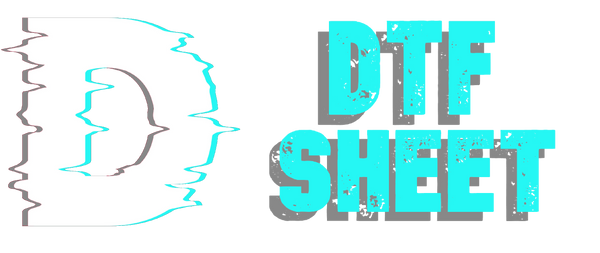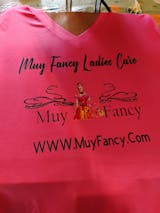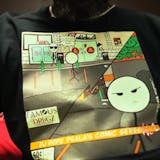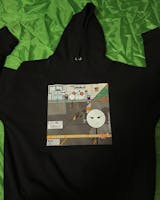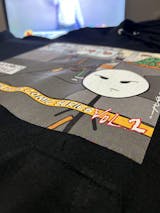Digital transfer film printing is an innovative printing technique that has experienced great change and development in the clothing industry in recent years. This technology offers new fast and colorful opportunities to the clothing industry by enabling the transfer of wide color range and high-resolution designs. DTF printing is used not only in the textile industry, but also in home decoration, promotional products and many other areas.
DTF printing is considered a digital printing technique and basically involves digitally printing a high-resolution design onto a film or sheet. This design is then transferred to a textile or other material through a thermal transfer process. This ensures you get extremely vibrant and durable prints.
DTF Printing Materials
DTF Film: The DTF printing process begins by using a specially designed film or sheet. This film carries the ink during the printing process and eventually transfers the design. It is usually made on a transparent polyester material.
Ink: The inks used in DTF printing are pigment-based and provide color saturation and durability to produce high-quality prints. The ink is applied onto the DTF film and must be heat resistant during transfer of the design.
Heat Press: A heat press is used to transfer the design to textile or other material. This device transfers the ink on the film to the material and ensures that the print becomes permanent.
DTF Printing Materials: Cornerstones of Innovation"
DTF printing is changing the fashion industry and many fields such as advertising, interior design and personal design. Artists and designers can freely publish their work in different areas thanks to this new generation of printing technology. The use of DTF printing in areas such as wallpapers, curtain designs and customized home textiles gives a unique atmosphere to spaces, especially in interior architecture applications.
The impact of this technology on the advertising industry is also clear. DTF printing, which is used in billboards, banners and promotional products, differs from its counterparts in terms of color saturation and detail precision. Brands that use DTF raid are leveraging diversity to promote their products in an impressive and unique way. This is a way to build stronger emotional bonds with customers.
DTF printing materials help users' creativity not only for commercial use, but also for personal design projects. This provides a significant advantage for people who want to bring their hobbies, art, and personal projects to life. DTF media represent a technological revolution that transcends the boundaries of creativity with a wide range of aesthetic options and a wide range of uses.
DTF Printing Techniques: Transformation of Art into Practice
DTF printing techniques not only usher in a new era in the art world, but also challenge the ability to transfer artworks directly to fabric. These creative techniques not only take art off gallery walls, but can also integrate it into everyday life. Instead of traditional canvas, artists can portray their works in clothing, home textiles, decoration and even advertising.
Color saturation and sensitivity to detail are among the groundbreaking features that DTF printing techniques bring to the art world. By preserving the texture of the fabric, artists can convey the subtleties and color tones of their original works. This gives artists the opportunity to use and express their art in a new way. DTF printing techniques have made a significant contribution to the democratization of art. Works of art can reach wider audiences outside gallery walls. This allows art to become a tool of expression for professionals and art enthusiasts alike.
DTF printing techniques make the creative process even more exciting for artists and designers. The art world is becoming more dynamic and participatory thanks to instant feedback and continuous innovation opportunities. These methods offer a fascinating glimpse into what may be possible in the future in art and design.
